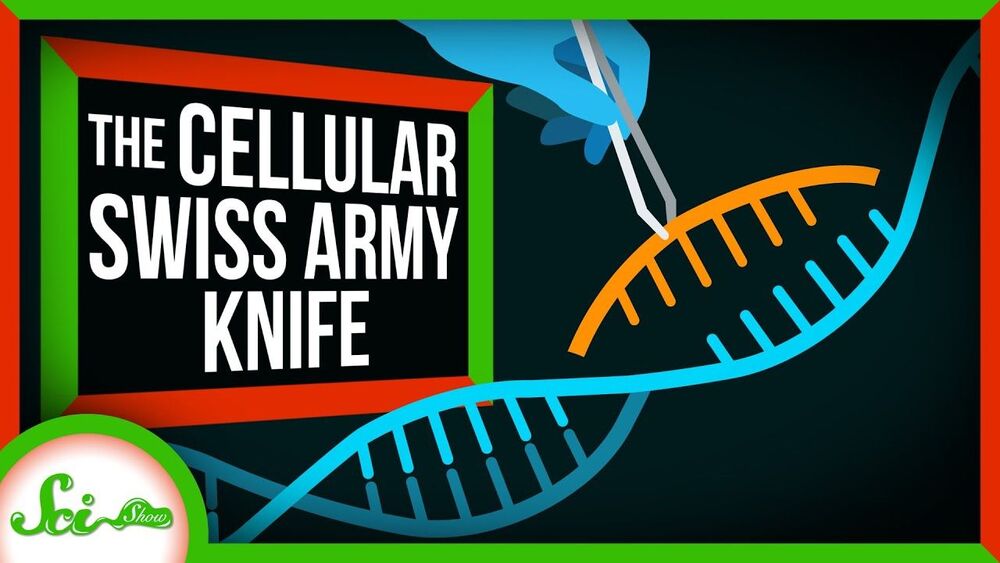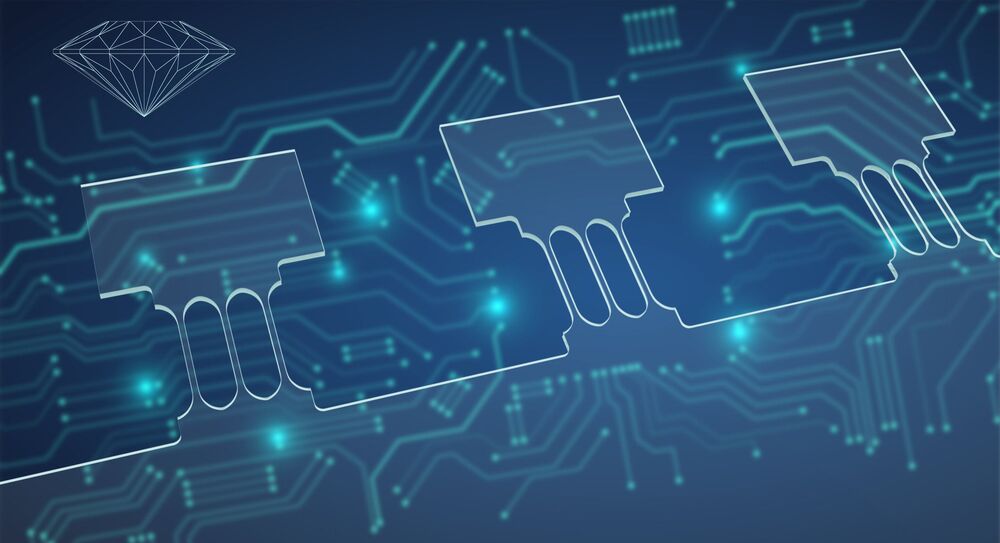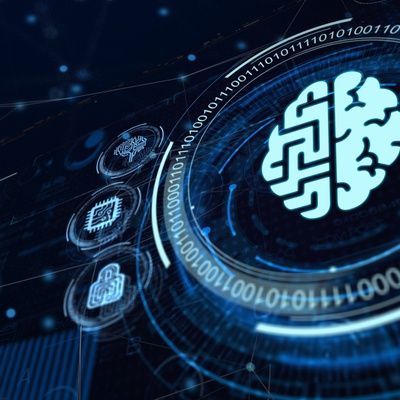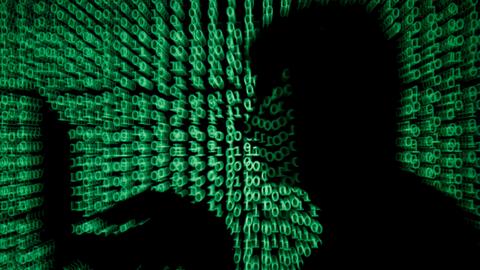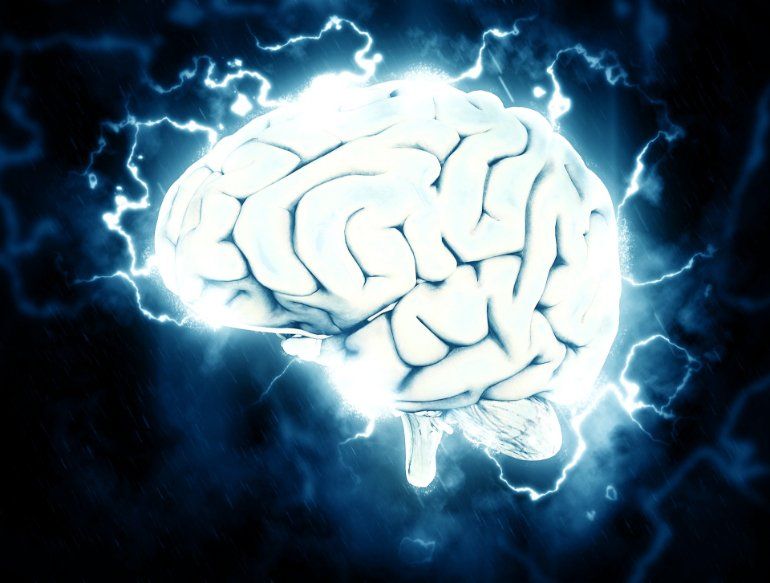used to build software products, the company said.
While it’s probably most famous for its role in gene editing, CRISPR does more than just that: its ability to precisely cut and alter DNA could lead to new antibiotics, faster diagnosis tools, and more.
Hosted by: Hank Green.
SciShow has a spinoff podcast! It’s called SciShow Tangents. Check it out at http://www.scishowtangents.org.
———
Support SciShow by becoming a patron on Patreon: https://www.patreon.com/scishow.
———
Huge thanks go to the following Patreon supporters for helping us keep SciShow free for everyone forever:
Marwan Hassoun, Jb Taishoff, Bd_Tmprd, Harrison Mills, Jeffrey Mckishen, James Knight, Christoph Schwanke, Jacob, Matt Curls, Sam Buck, Christopher R Boucher, Eric Jensen, Lehel Kovacs, Adam Brainard, Greg, Ash, Sam Lutfi, Piya Shedden, KatieMarie Magnone, Scott Satovsky Jr, charles george, Alex Hackman, Chris Peters, Kevin Bealer.
Diamond is the hardest material in nature. But out of many expectations, it also has great potential as an excellent electronic material. A joint research team led by City University of Hong Kong (CityU) has demonstrated for the first time the large, uniform tensile elastic straining of microfabricated diamond arrays through the nanomechanical approach. Their findings have shown the potential of strained diamonds as prime candidates for advanced functional devices in microelectronics, photonics, and quantum information technologies.
The research was co-led by Dr. Lu Yang, Associate Professor in the Department of Mechanical Engineering (MNE) at CityU and researchers from Massachusetts Institute of Technology (MIT) and Harbin Institute of Technology (HIT). Their findings have been recently published in the prestigious scientific journal Science, titled “Achieving large uniform tensile elasticity in microfabricated diamond”.
“This is the first time showing the extremely large, uniform elasticity of diamond by tensile experiments. Our findings demonstrate the possibility of developing electronic devices through ‘deep elastic strain engineering’ of microfabricated diamond structures,” said Dr. Lu.
Here’s a look at some interesting projects, like one that helps programmers maintain and update COBOL.
The country hopes to defend its citizens from cyberattacks through a set of new measures.
Time travel is theoretically possible according to the laws of physics, a study says. But time-travelers couldn’t alter the past in a measurable way.
Summary: Treatment with LAU-0901, a synthetic molecule that blocks pro-inflammatory platelet-activating factor, in addition to aspirin-triggered NPD1, reduced the size of damage areas in the brain, initiated repair mechanisms, and improved behavioral recovery following ischemic stroke.
Source: LSU
Research conducted at LSU Health New Orleans Neuroscience Center of Excellence reports that a combination of an LSU Health-patented drug and selected DHA derivatives is more effective in protecting brain cells and increasing recovery after stroke than a single drug.
Why Opioids Cannot Fix Chronic Pain
Posted in futurism
Summary: Study explores the role the reward system plays in chronic pain, finding emotional and physical pain are bidirectional. Opioids, researchers report, ultimately make things worse.
Source: University of Washington.
A broken heart is often harder to heal than a broken leg. Now researchers say that a broken heart can contribute to lasting chronic pain.
A data breach broker is selling the allegedly stolen user records for twenty-six companies on a hacker forum, BleepingComputer has learned.
When threat actors and hacking groups breach a company and steal their user databases, they commonly work with data breach brokers who market and sell the data for them. Brokers will then create posts on hacker forums and dark web marketplaces to market the stolen data.
Last Friday, a data broker began selling the combined total of 368.8 million stolen user records for twenty-six companies on a hacker forum.
Eric Green, head of the nation’s top genomics research institute, looks back on how far the field has come and shares his bold vision for the future.

